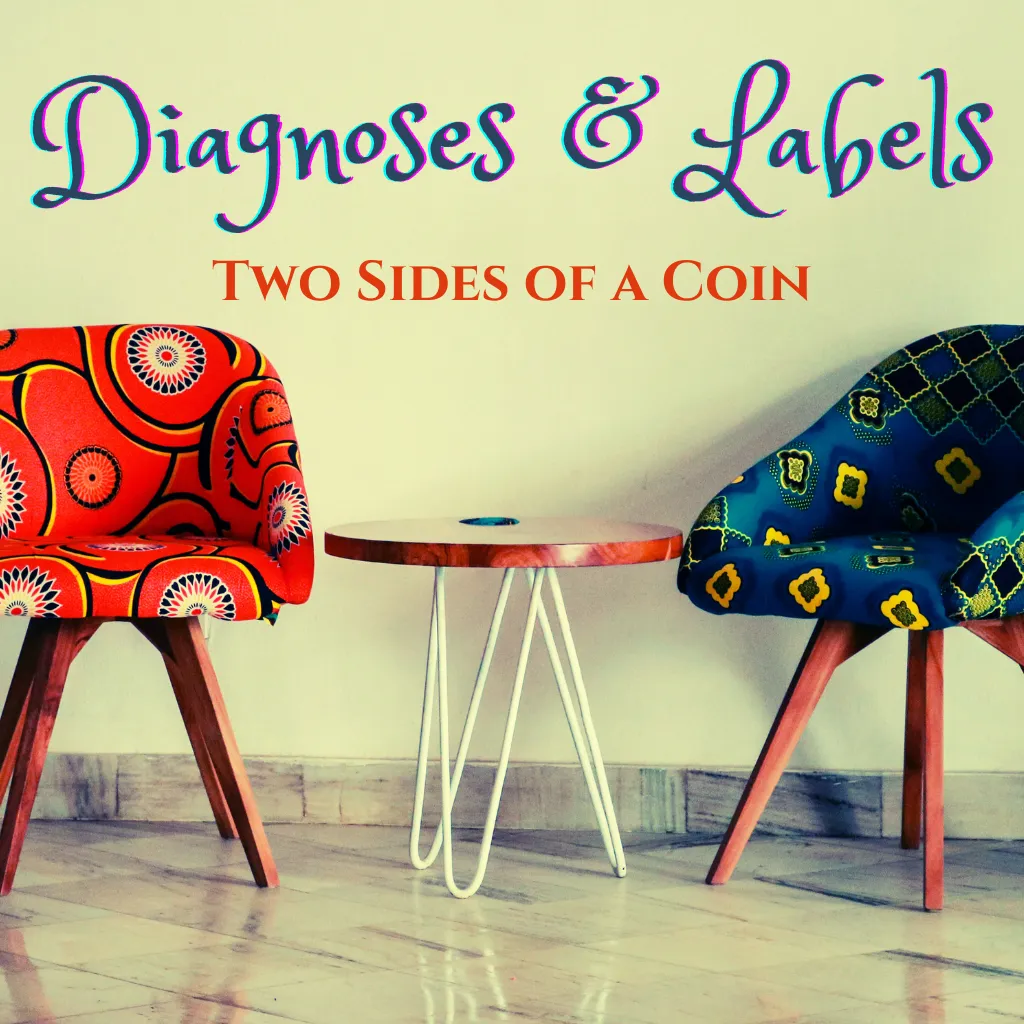
Diagnoses and Labels: Two Sides of The Coin
This article was written by FlowArt Therapy's Alli Fisher, who specializes in art therapy with neurodivergent kids, teens, and young adults processing through trauma. Alli is currently welcoming new clients at our practice.
Listen to this article here ⤵️
For many, a diagnosis can feel validating and provide insight into their experiences. This has been the case for clients in this community and fellow therapists, whether self-diagnosed or formally diagnosed. However, for others, it can have a negative impact. Some individuals who receive diagnoses may take on these diagnoses as identities, further labeling themselves. These labels can sometimes lead to feelings of confusion, frustration, limitation, being boxed in, discrimination, and more.
This has been my experience through my own mental health journey. There have been times when I felt I might qualify for a diagnosis, but I believed I would not gain anything positive from having the label. I feared that if I had a diagnosis, I wouldn’t be seen as a full human being and would instead be viewed solely as the diagnosis. I feared that a diagnosis would not encapsulate all of me, leaving me feeling frustrated. I did not want my journey to be boxed in because I felt that what makes up who I am is much more than these labels. I began to see the things I experienced as just parts of me, pieces of a greater whole, things I accepted or grew to love about myself, without the label. I chose to work through these aspects as they appeared when needed, and for me, this approach has worked beautifully.
I feel fortunate that this was a privilege I could have. I was able to live in a world where I had the choice, knowledge, and support from others to make this possible. I recognize that for others, this is not always the case, depending on the accommodations they need for school or work, the support or acceptance they seek from doctors or others, access to medication or insurance, the intensity of symptoms, and more.
As a therapist, I generally work this way as well. I work with the whole individual. I see all the parts that make up the whole person, and we work from there. I pull research proven to help the symptom or the situation. These symptoms may relate to a diagnosis, but ultimately, I focus on each part and each goal, working with the whole individual.
That being said, I do see the power in having a diagnosis as well. I understand how naming what someone has experienced can be validating. A label can make you feel less alone, supported by others in a shared community, and help you reach out to others with a shared experience. I know that some people with a diagnosis become more understanding of themselves and less judgmental. Additionally, I see how it can open levels of support within society. Therefore, if a client expresses an interest or need for a diagnosis, I support the client in this. We explore it together and collaboratively work to diagnose them with what aligns most closely with their experiences. From there, we continue to discuss and incorporate the diagnosis into sessions as it feels natural and fitting.
Ultimately, I encourage you to do what feels like the best fit for you!
Alli Fisher, MA, LMHCA, ATR-P
Art Therapist, FlowArt Therapy
Focus on Young Folx with Trauma
